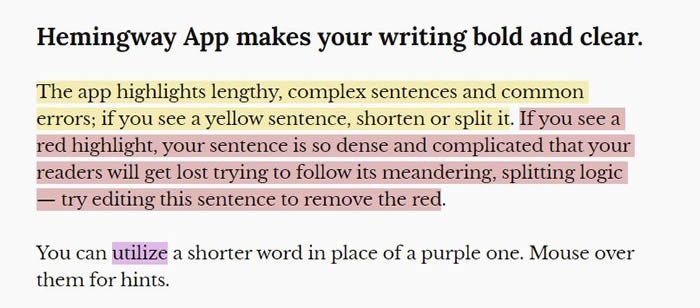Word nerds, rejoice! March 4 is National Grammar Day.
When you think about grammar, you probably think about subject-verb agreement, correct comma usage, and such.
The problem with good grammar is it doesn't make for very good fundraising writing.
In his book
The Fundraiser's Guide to Irresistible Communications, Jeff Brooks taught us that
"It's far more important to sound natural than it is to obey the grammar, usage, and structure rules your English teachers taught you."
Of course, there are still rules and best practices that fundraising writers should follow. (Like
here, here, here and here.)
But other rules were made to be broken.
5 SURPRISING WRITING RULES FOR FUNDRAISERS
Jeff Brooks says, "If readers have to labor to read your fundraising message they usually won't bother. They'll stop reading. And if they don't read it, they aren't likely to respond."
Effective fundraising writers know this secret: We need to break a lot of the rules that our English teachers taught us in school.
These aren't secrets, though. They're a few of Jeff Brooks' "writing rules" that I've followed for years. Because they work!
- Keep sentences short.
Any sentence over 30 words is a candidate for splitting into two or more shorter sentences.
- Purge big words.
Every time you find a word that has 3 or more syllables, ask yourself, is there a short word that will work instead?
- Don't be afraid to use sentence fragments.
Even one and two word sentences are okay. Really.
- Contractions are a must.
"If you do not use them, you will sound like a robot."
- Any grammar rule that people don't use in speech is a candidate for ignoring.
For example, the correct use of "whom" doesn't sound natural to most people.
A USEFUL TOOL TO TEST YOUR COPYWRITING
A practical - and incredibly useful - tool for writers is
Hemingway.
Like the author himself, the Hemingway App favors short words and short sentences.
Copy and paste your text in to Hemingway, and it will instantly tell you the readability.
Hemingway also gives you a color-coded visual indicator of your problem spots. That way, you know what areas need work.

FINAL THOUGHTS
Here's one more of Jeff Brooks' "writing rules" to remember: Effective fundraising copy has a reading ease level somewhere between 4th and 6th grade.
If you think readability doesn't matter, it does.
Or if you think that writing at a 6th grade level is talking down to your donors, it's not.
Readability has nothing to do with intelligence. It has everything to do with reading ease and the ability to quickly process and understand a message.
In Jeff Brooks' words:
"Think of low-grade level writing as a form of courtesy. It's like enunciating clearly when you speak. Or using neat handwriting."
So, break the writing rules that you learned in your high school English class.
When you do, you'll start to raise more money for your nonprofit.
Photo credit(s): Pixabay
Need help writing fundraising appeals that raise more money? Or newsletters that actually DO raise money? Laura Rhodes can help.
Send a message to start the conversation and learn how Laura can help you and your organization.
You may also be interested in
upcoming training events.
About The Author
Laura Rhodes is a Certified Fund Raising Executive, fundraising consultant, speaker, and trainer. She's helped nonprofit organizations raise millions of dollars from foundations and individual donors. When she's not writing grants, appeal letters or case statements, she enjoys teaching staff and board members how to raise more money for the causes they love.